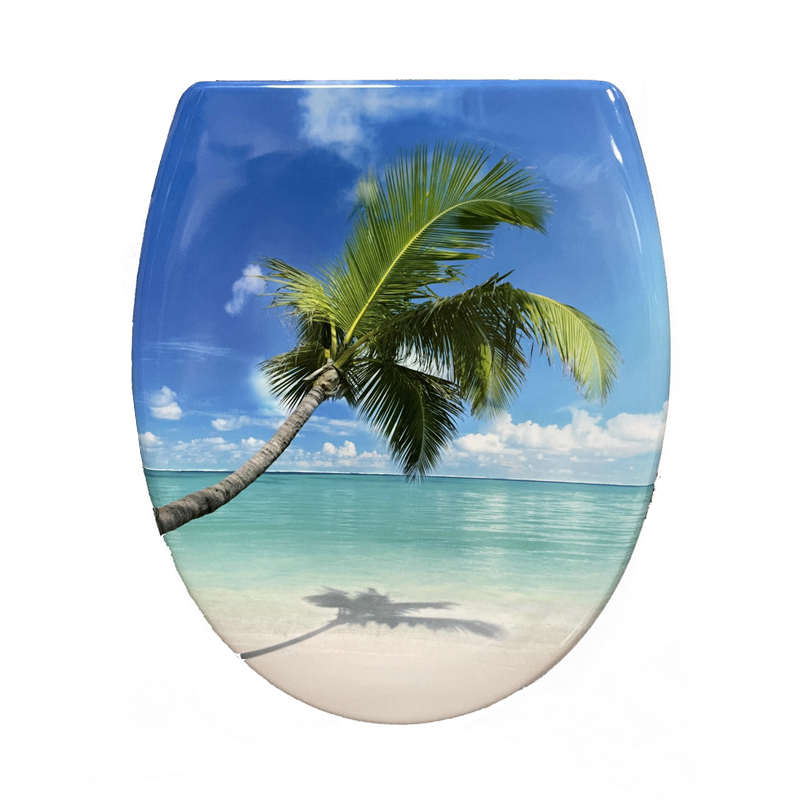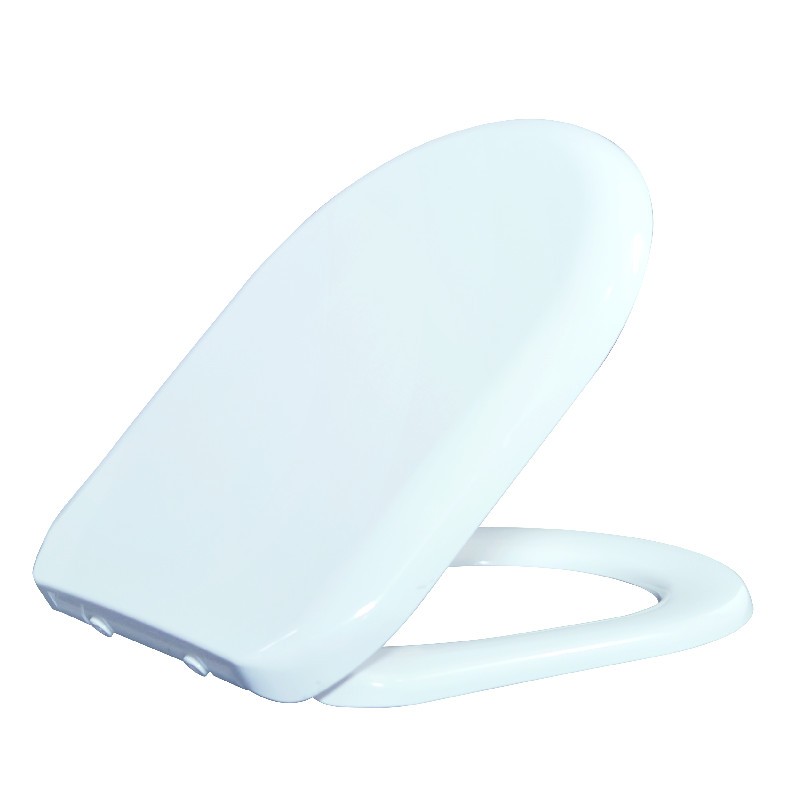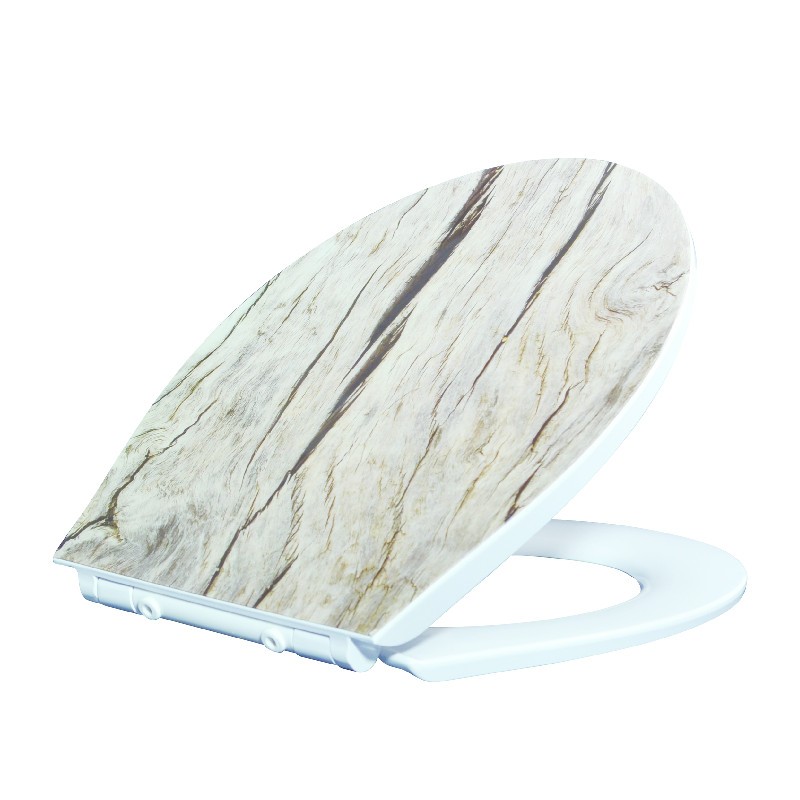The difference between urea-formaldehyde cover plate and pp cover plate is that the cover material is different and the production process is also different.
1. The PP cover is hot-melted from ordinary plastic. It has a large deformation and curvature and is not easy to break. However, it is not wear-resistant and will turn yellow over time.
2. Urea-formaldehyde cover is made from raw materials ground into powder and then molded under high temperature and high pressure. It is hard and brittle, fragile (provided that it is broken by heavy objects), wear-resistant, and will not turn yellow.
3. The urea-formaldehyde cover plate has a porcelain surface, which has good scratch resistance, stable color, strong and brittle. The PP cover has a bright appearance, good softness, and does not discolor for a long time, but the price is higher.
Extension: Among household toilets, toilet seat materials basically include plastic, wood, bamboo, urea-formaldehyde cover, stone, acrylic, etc. The most popular toilet cover on the market is the acrylic cover, which has the advantages of being moisture-resistant, acid-resistant, long-lasting, colorful, easy to clean, and simple, just wipe it with soap or a soft cloth. In addition, urea-formaldehyde resin covers are widely used and have the advantages of good texture, high hardness, durability, and not easy to scratch. The price is definitely a bit more expensive than acrylic. The three commonly used cover materials are PVC boards, which we know as PP boards. The biggest advantage is the price, which is the cheapest of the three materials.



